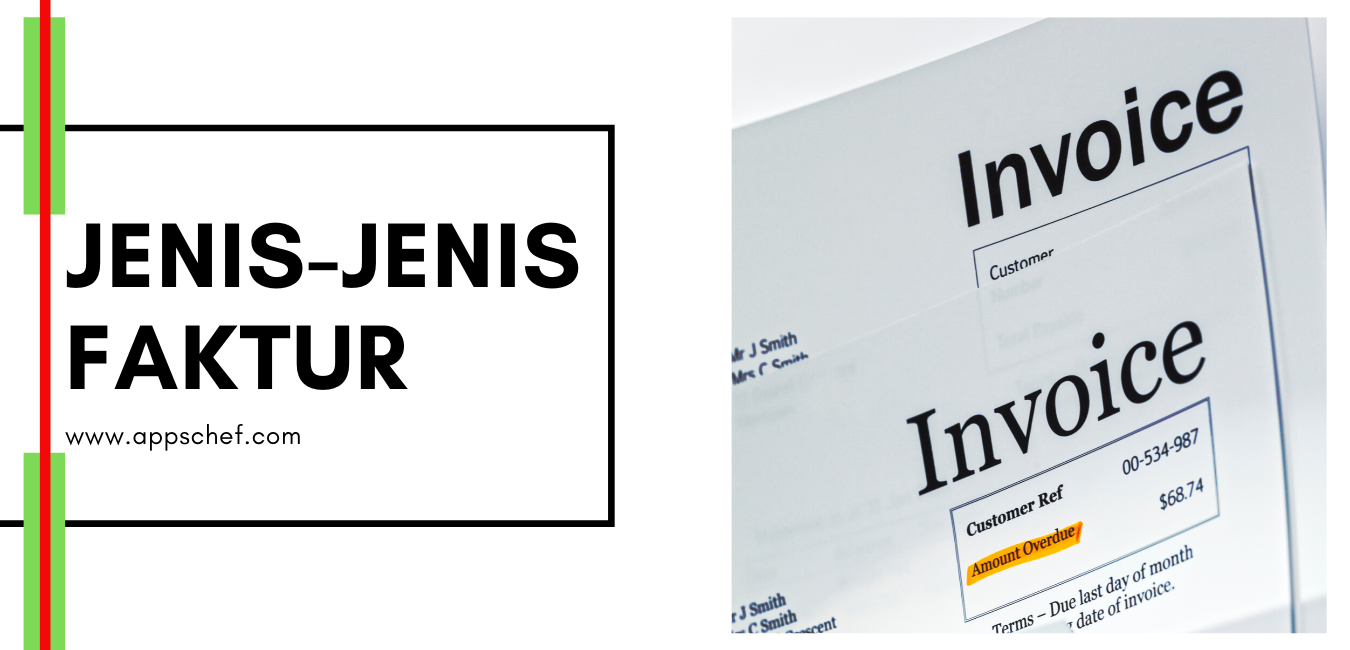AngularJS was originally developed by Misko Hevery and Adam Abrons in 2009 and is currently being maintained by Google. The latest version of AngularJS is 1.4.3, is licensed under the Apache License version 2.0. It is a structural framework for dynamic web apps. It is a powerful development framework to create Rich Internet Application(RIA) and write client-side applications. It makes applications cross-browser compliant and handles JavaScript code suitable for each browser. It has many core features which make it widely used.
Data-binding encourages the automatic synchronization of data between model and view components and scope to defines objects that refer to the model and act as a glue between controller and view. Controller functions provided by JavaScript are bound to a particular scope and Services are objects singleton in nature which is instantiated only once during the run time of the application and has many inbuilt services.
Filters select a subset of items from an array and return a new array while Directives are markers on Data Object Model elements which are useful in creating custom HTML tags that serve as new, custom widgets. AngularJS has built-in directives called Templates which are the information provided by the controller in a rendered view and can be single or multiple views using partials.
The concept of switching views is called Routing and MVC is a design pattern for dividing an application into different parts (called Model, View, and Controller), each with significant functions. AngularJS implements MVVM (Model-View-View Model) traditionally and not the MVC architecture. The Angular JS team refers it as Model View Whatever humorously. Deep Linking allows one to encode the state of an application in the URL then be restore from the URL to the same state while Dependency Injection helps the developer by making the application easier to develop, understand, and test.
AngularJS-An Extension to HTML
AngularJS is a JavaScript-based open-source front-end web application framework that extends HTML attributes with Directives and binds data to HTML with Expressions. It has three parts to link to HTML, ng-app to link an AngularJS application to HTML, ng-model − to bind the values of AngularJS application data to HTML input controls and ng-bind to bind the AngularJS Application data to HTML tags.
Why AngularJS?
HTML is highly efficient for the development of static documents, but it fails at some points when used for declaring dynamic views in web-applications. AngularJS extends HTML vocabulary for an application. The resulting environment is remarkably expressive, coherent, and fast to create.
Extensibility
AngularJS is a toolset for building an application framework. It is highly extensible and can work well with other libraries. Each feature can be modified as per the applications requirement and future perspective.
RequireJS an extension to AngularJS is a JavaScript file and a module loader. It accomplishes the tasks which cannot be completed by AngularJS. RequireJS reduces the problem of loading a lot of JavaScript modules in correct order. Required modules can be loaded asynchronously; and can be combined from a number of modules into a single compact JavaScript file.

Credit: j2eebrain.com
Advantages
The main advantages of AngularJS are as follows:
- The observable functions are not required to be used. It analyses the page DOM and builds the bindings based on the Angular-specific element attributes. This results in a cleaner code, which requires less writing, easier to comprehend and there are lesser errors.
- AngularJS is faster as it modifies the page DOM directly instead of adding inner HTML code
- Data binding occurs at particular points of the JavaScript code execution and not on each control or value change. This dramatically improves performance as a single bulk Model/View update replaces hundreds of cascading data change events.
- Multiple alternatives exist to perform similar tasks, thus making to particular development styles and tasks easier.
- Extended features such as dependency injection, routing, animations, view orchestration and supported by IntelliJ IDEA and Visual Studio .NET IDEs.
- Supported by Google and a great development community.
- AngularJS gives the ability to make Single Page Application in a spotless and viable way.
- The data binding capacity in AngularJS provides the user a rich experience of dynamic and responsive web applications.
- AngularJS code is unit testable and provides reusable components.
- AngularJS uses dependency injection and separation of concerns for greater efficiency.
- AngularJS provides the developers the benefit of writing a lesser amount of code and use the maximum functionalities.
- In AngularJS, the user views pure HTML pages and the business processing is done by the controller.
Limitations
Being a very powerful framework, AngularJS has some limitations, which are as follows:
- AngularJS is vast and complicated. Since there exist many alternatives of doing the same thing, it can cause confusion and different coding techniques of developers may hamper the efficiency of the application.
- The brief study is required to understand the code because it is highly complex.
- Angular implementations scale poorly as with time the existing implementations need to be discarded and new versions need to be created with different approaches.
- AngularJS is not Secure and server side authentication and authorization is mandatorily required to keep the application secure.
- AngularJS is not degradable as the user can view only the basic page if JavaScript is disabled.





